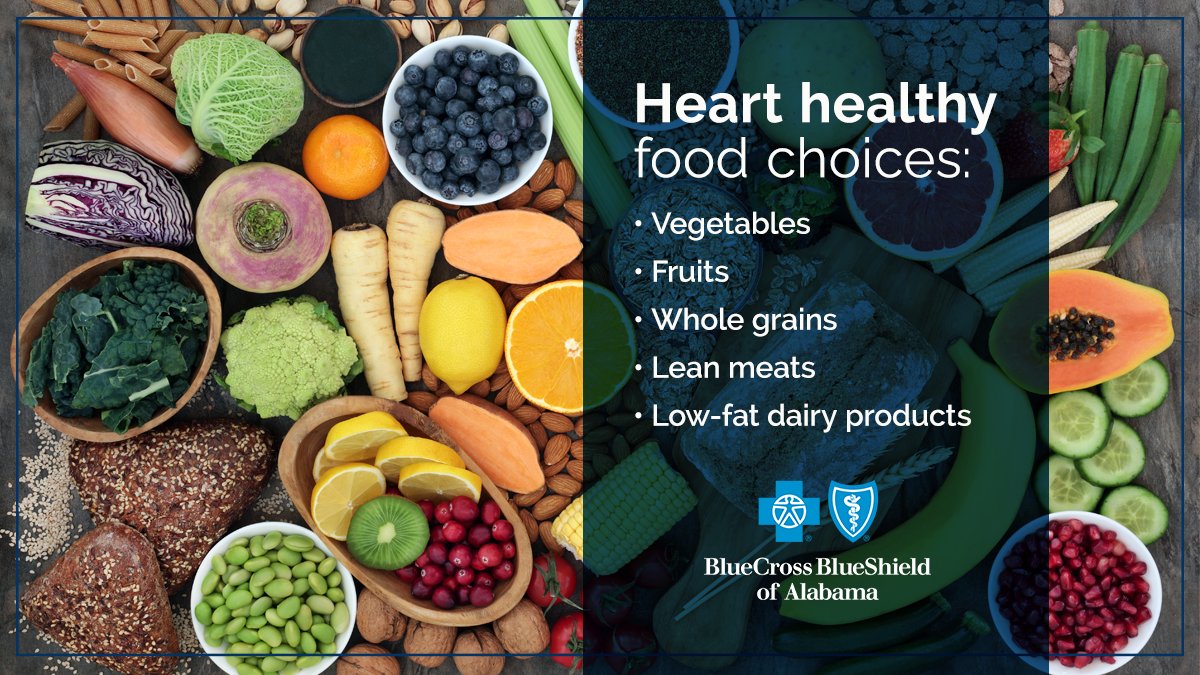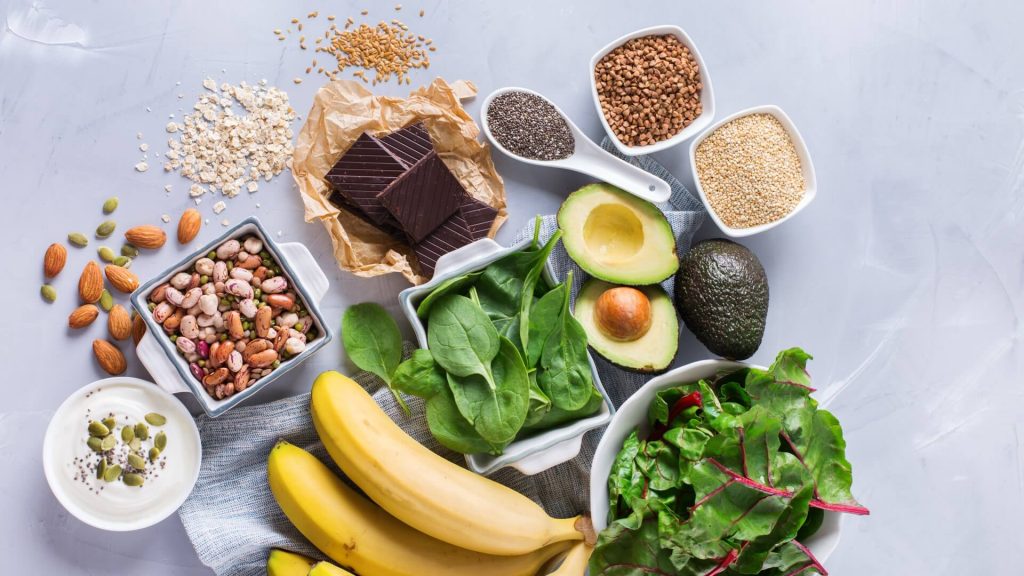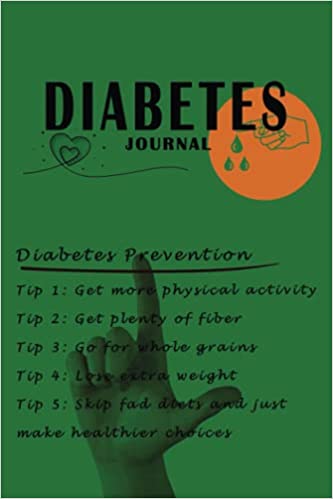
It doesn't mean you have to stop eating your favorite foods during pregnancy. Your stage of pregnancy will determine how vegetables are included in your daily meals. You can serve them in many forms including soups and smoothies, sandwiches, salads, and even as a side dish. There are many varieties of vegetables, each with different vitamins and minerals. Fresh fruits and vegetables are the best choices, but you can also choose to eat canned or dried fruit. You are more likely to get germs or infections if you wash your vegetables thoroughly.
Avoid cold or smoked meats during pregnancy. Instead, choose tinned or fresh fish that has been cooked until it is steaming hot. Even though deli meats may be considered safe in certain countries, women should stay away from them until after the pregnancy. In case you are unsure about what you should eat during pregnancy, talk to your gynecologist or midwife. A doctor should always be consulted before you attempt to substitute a food item.

Protein-rich foods support the growth of the baby. A pregnant woman needs extra protein for her growing baby, so consuming more protein-rich foods will help the development of the baby's brain and heart. High-protein foods also contain vitamins and fiber, which can be beneficial for pregnancy. For instance, you can also include more grains in your diet. These foods are rich sources of fiber, folate B vitamins, iron and vitamin B. They also help to reduce the chances of constipation and hemorhoids.
Dark-green vegetables contain a lot of folate. This is vital for the development the fetal neural tube and the growth the uterus. To make your meal even more exciting, you can add frozen vegetables to the mix. It is also possible to go vegetarian. This is a cost-effective way to get more protein. It is also high in iron, vitamin C, fibre, and iron. These foods are great sources of iron as well as fibre.
The best source of calcium for babies is milk. You can also get your calcium from other sources, such as dairy. You can also drink low-fat milk if you are lactose intolerant. You can also choose lower-fat dairy products. These foods are rich in nutrients that are essential for the growing baby. Consider the various food groups when choosing what foods to eat.

High-protein foods are a good choice. While these foods do contain protein, it is best to avoid red and other red meats. Along with meats such as chicken, beef, fish and turkey, it is important to eat plenty nuts and whole grain. These foods provide essential nutrients and fiber, which support the development of the baby. Beans and peas make excellent choices for pregnant mothers. They are also high in iron and B vitamins, so they are a good choice.
FAQ
What's the problem in BMI?
BMI stands for Body Mass Index. This is a measure of body fat that is calculated based on height or weight. The following formula is used to calculate BMI:
Weight in kilograms divided with height in meters.
The score is expressed as a number between 0 and 25. A score greater than 18.5 is considered overweight. A score greater than 23 is considered obese.
A person who weighs 100 kg and has a height of 1.75 m will have a BMI of 22.
Exercise: Is it good or bad for immunity?
Your immune system is strengthened by exercise. Exercise increases white blood cell production, which helps fight off infection. You also get rid of toxins from your body. Exercise is a great way to prevent heart disease, cancer, and other diseases. Exercise can help reduce stress.
However, overtraining can damage your immune system. When you exercise too hard, your muscles will become sore. This can lead to inflammation and swelling. Your body will then produce more antibodies in order to fight infections. The problem is that these extra antibodies can cause allergies and autoimmune disorders.
So, don't overdo it!
What is the healthiest lifestyle to life?
Living a healthy lifestyle is one that encourages you to eat well, exercise regularly, get enough sleep, and avoids stress. If you follow these guidelines, you will be able to lead a long and healthy life.
Start small by changing your diet and exercising routine. For example, if you want to lose weight, try walking for 30 minutes every day. Or, if you want to get more active, take up swimming or dancing. You can also sign up for an online fitness program, such as Strava and Fitbit. This will track your activity.
How can you tell what is good?
You have to listen to what your body says. Your body knows best when it comes to how much exercise, food, and rest you need. Your body will tell you what to do so that you don't go overboard. Pay attention to your body, and ensure that you are doing all you can to keep yourself healthy.
Statistics
- WHO recommends consuming less than 5% of total energy intake for additional health benefits. (who.int)
- The Dietary Guidelines for Americans recommend keeping added sugar intake below 10% of your daily calorie intake, while the World Health Organization recommends slashing added sugars to 5% or less of your daily calories for optimal health (59Trusted (healthline.com)
- In both adults and children, the intake of free sugars should be reduced to less than 10% of total energy intake. (who.int)
- WHO recommends reducing saturated fats to less than 10% of total energy intake; reducing trans-fats to less than 1% of total energy intake; and replacing both saturated fats and trans-fats to unsaturated fats. (who.int)
External Links
How To
What does the meaning of "vitamin?"
Vitamins can be described as organic compounds found in food. Vitamins are essential for our bodies to absorb nutrients from the foods we eat. Vitamins are not made by the body, so they must be obtained through food.
There are two types of vitamins: water soluble and fat soluble. Water-soluble vitamins dissolve easily when they are dissolved in water. Examples include vitamin C,B1 (thiamine), B2 (riboflavin), B3 (niacin), B6 (pyridoxine), folic acid, biotin, pantothenic acid, and choline. The liver and fat soluble vitamins are stored within the liver and in fatty tissue. Examples include vitamin D, E, K, A, and beta carotene.
Vitamins can be classified according to biological activity. There are eight major types of vitamins:
-
A - vital for healthy growth.
-
C - essential for nerve function and energy generation.
-
D - necessary for healthy bones and teeth.
-
E - Required for good vision & reproduction
-
K - essential for healthy muscles, nerves, and bones.
-
P - Essential for strong bones and teeth.
-
Q – aids digestion of iron and iron absorption
-
R – Required for the formation of red blood vessels.
The recommended daily allowance for vitamins (RDA) varies based on gender, age, and physical conditions. The U.S. Food and Drug Administration (FDA) sets the RDA values.
For adults over 19 years, the RDA is 400 mg per day for vitamin A. Pregnant women require 600 micrograms daily to support fetal development. Children ages 1-8 require 900 micrograms per day. Babies under one-year old require 700 mg per day. Between 9 and 12 years of age, however, this drops to 500 mg per day.
Children between the ages of 1-18 need 800 micrograms per daily for obesity, while children overweight require 1000 micrograms. Children underweight or obese will need 1200 mg per day.
2200 mg of vitamin A per day is required for children aged 4-8 who have been diagnosed by anemia.
2000 micrograms per person is necessary for general health. Because of their higher nutrient needs, women who are pregnant or nursing need 3000 mg per day.
1500 micrograms is the recommended daily intake for adults aged 70+, who lose approximately 10% of muscle each year.
Women who are pregnant, nursing or breastfeeding need more than the RDA. Pregnant mothers need 4000 micrograms per daily during pregnancy and 2500 after giving birth. Breastfeeding mothers need 5000 micrograms per day when breast milk is being produced.